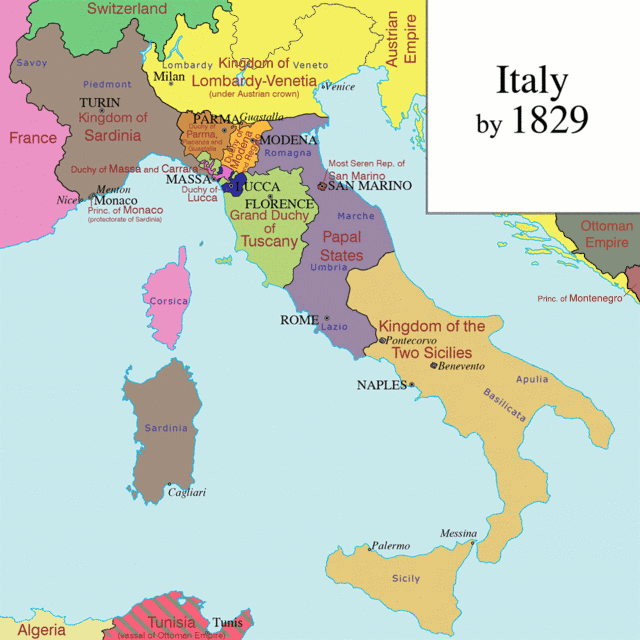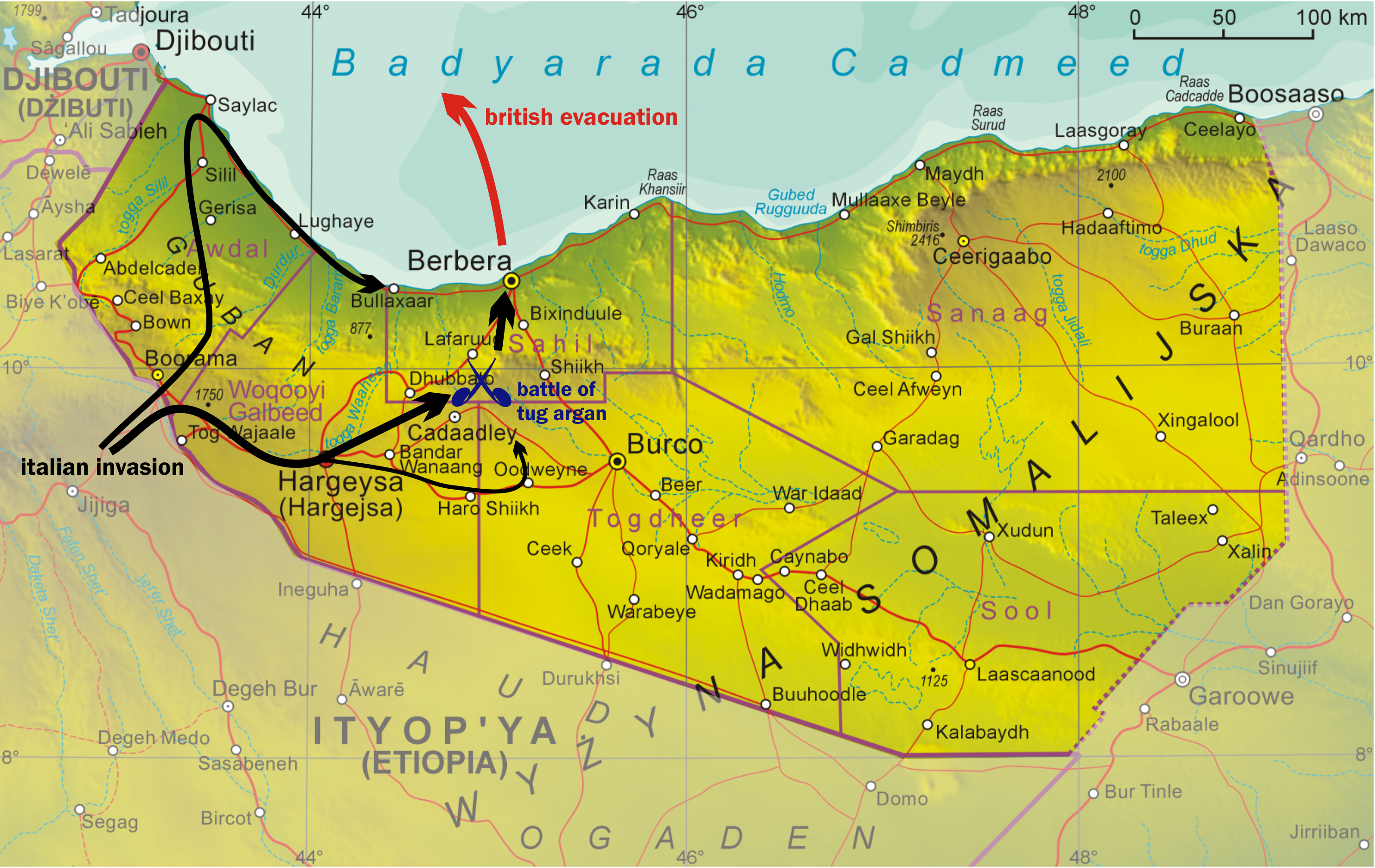|
Italian Occupation Of France
Italian-occupied France (; ) was an area of south-eastern France and Monaco occupied by the Kingdom of Italy between 1940 and 1943 in parallel to the German occupation of France. The occupation had two phases, divided by Case Anton in November 1942 in which the Italian zone expanded significantly. Italian forces retreated from France in September 1943 in the aftermath of the fall of the Fascist regime in Italy, and German Wehrmacht forces occupied the abandoned areas until the Liberation (Operation Dragoon, 1944). Italian occupation The initial Italian occupation of France territory occurred in June 1940; it was then expanded in November 1942. The German offensive against the Low Countries and France began on 10 May and by the middle of May German forces were on French soil. By the start of June, British forces were evacuating from the pocket in Northern France. On 10 June 1940, Italy declared war against the French and British. Ten days later, the Italian army invaded Fr ... [...More Info...] [...Related Items...] OR: [Wikipedia] [Google] [Baidu] |
Royal Italian Army During World War II
This article is about the Royal Italian Army (''Regio Esercito'') which participated in the Second World War. The Royal Italian Army was reformed in 1861 and existed until 1946. The Royal Army started with the Italian unification, unification of Italy (''Risorgimento'') and the formation of the Kingdom of Italy (1861-1946), Kingdom of Italy (''Regno d'Italia''). It ended with the dissolution of the monarchy. The Royal Army was preceded by the individual armies of the independent Italian states and was followed by the Italian Army (''Esercito Italiano'') of the Italian Republic (''Repubblica Italiana''). Organization The Italian Army of World War II was a "Royalist, Royal" army. The nominal Commander-in-Chief of the Italian Royal Army was Victor Emmanuel III, His Majesty King Vittorio Emanuele III. As Commander-in-Chief of all Italian armed forces, Vittorio Emanuele also commanded the Royal Air Force (''Regia Aeronautica'') and the Royal Navy (''Regia Marina''). However, in ... [...More Info...] [...Related Items...] OR: [Wikipedia] [Google] [Baidu] |
Battle Of France
The Battle of France (french: bataille de France) (10 May – 25 June 1940), also known as the Western Campaign ('), the French Campaign (german: Frankreichfeldzug, ) and the Fall of France, was the German invasion of France during the Second World War. On 3 September 1939, France declared war on Germany following the German invasion of Poland. In early September 1939, France began the limited Saar Offensive and by mid-October had withdrawn to their start lines. German armies invaded Belgium, Luxembourg and the Netherlands on 10 May 1940. Italy entered the war on 10 June 1940 and attempted an invasion of France. France and the Low Countries were conquered, ending land operations on the Western Front until the Normandy landings on 6 June 1944. In ''Fall Gelb'' ("Case Yellow"), German armoured units made a surprise push through the Ardennes and then along the Somme valley, cutting off and surrounding the Allied units that had advanced into Belgium to meet the German armies ... [...More Info...] [...Related Items...] OR: [Wikipedia] [Google] [Baidu] |
Italian Irredentism In Nice
Italian irredentism in Nice was the political movement supporting the annexation of the County of Nice to the Kingdom of Italy. According to some Italian nationalists and fascists like Ermanno Amicucci, Italian- and Ligurian-speaking populations of the County of Nice ( it, Nizza) formed the majority of the county's population until the mid-19th century. However, French nationalists and linguists argue that both Occitan and Ligurian languages were spoken in the County of Nice. During the Italian unification, in 1860, the House of Savoy allowed the Second French Empire to annex Nice from the Kingdom of Sardinia in exchange for French support of its quest to unify Italy. Consequently, the Niçois were excluded from the Italian unification movement and the region has since become primarily French-speaking. History The region around ''Nicaea'', as Nice was then known in Latin, was inhabited by the Ligures until its subsequent occupation by the Roman Empire after their subjug ... [...More Info...] [...Related Items...] OR: [Wikipedia] [Google] [Baidu] |
Italian Irredentism
Italian irredentism ( it, irredentismo italiano) was a nationalist movement during the late nineteenth and early twentieth centuries in Italy with irredentist goals which promoted the unification of geographic areas in which indigenous peoples considered to be ethnic Italians and/or Italian-speaking individuals formed a majority, or substantial minority, of the population. At the beginning, the movement promoted the annexation to Italy of territories inhabited by Italian indigenous population, but retained by the Austrian Empire after the Third Italian War of Independence in 1866. These included Trentino, but also multilingual and multiethnic areas within the northern Italian region encompassed by the Alps, with German, Italian, Slovene, Croatian, Ladin and Istro-Romanian population, such as South Tyrol, Trieste, a part of Istria, Gorizia and Gradisca and part of Dalmatia. The claims were extended also to the city of Fiume, Corsica, the island of Malta, the County of Nice ... [...More Info...] [...Related Items...] OR: [Wikipedia] [Google] [Baidu] |
Corsica
Corsica ( , Upper , Southern ; it, Corsica; ; french: Corse ; lij, Còrsega; sc, Còssiga) is an island in the Mediterranean Sea and one of the 18 regions of France. It is the fourth-largest island in the Mediterranean and lies southeast of the French mainland, west of the Italian Peninsula and immediately north of the Italian island of Sardinia, which is the land mass nearest to it. A single chain of mountains makes up two-thirds of the island. , it had a population of 349,465. The island is a territorial collectivity of France. The regional capital is Ajaccio. Although the region is divided into two administrative departments, Haute-Corse and Corse-du-Sud, their respective regional and departmental territorial collectivities were merged on 1 January 2018 to form the single territorial collectivity of Corsica. As such, Corsica enjoys a greater degree of autonomy than other French regional collectivities; for example, the Corsican Assembly is permitted to exercise li ... [...More Info...] [...Related Items...] OR: [Wikipedia] [Google] [Baidu] |
Provence
Provence (, , , , ; oc, Provença or ''Prouvènço'' , ) is a geographical region and historical province of southeastern France, which extends from the left bank of the lower Rhône to the west to the Italian border to the east; it is bordered by the Mediterranean Sea to the south. It largely corresponds with the modern administrative region of Provence-Alpes-Côte d'Azur and includes the departments of Var, Bouches-du-Rhône, Alpes-de-Haute-Provence, as well as parts of Alpes-Maritimes and Vaucluse.''Le Petit Robert, Dictionnaire Universel des Noms Propres'' (1988). The largest city of the region and its modern-day capital is Marseille. The Romans made the region the first Roman province beyond the Alps and called it ''Provincia Romana'', which evolved into the present name. Until 1481 it was ruled by the Counts of Provence from their capital in Aix-en-Provence, then became a province of the Kings of France. While it has been part of France for more than 500 years, ... [...More Info...] [...Related Items...] OR: [Wikipedia] [Google] [Baidu] |
Toulon
Toulon (, , ; oc, label= Provençal, Tolon , , ) is a city on the French Riviera and a large port on the Mediterranean coast, with a major naval base. Located in the Provence-Alpes-Côte d'Azur region, and the Provence province, Toulon is the prefecture of the Var department. The Commune of Toulon has a population of 176,198 people (2018), making it France's 13th-largest city. It is the centre of an urban unit with 580,281 inhabitants (2018), the ninth largest in France. Toulon is the third-largest French city on the Mediterranean coast after Marseille and Nice. Toulon is an important centre for naval construction, fishing, wine making, and the manufacture of aeronautical equipment, armaments, maps, paper, tobacco, printing, shoes, and electronic equipment. The military port of Toulon is the major naval centre on France's Mediterranean coast, home of the French aircraft carrier '' Charles de Gaulle'' and her battle group. The French Mediterranean Fleet is based in Tou ... [...More Info...] [...Related Items...] OR: [Wikipedia] [Google] [Baidu] |
Royal Italian Army (1940–1946)
This article is about the Royal Italian Army (''Regio Esercito'') which participated in the Second World War. The Royal Italian Army was reformed in 1861 and existed until 1946. The Royal Army started with the unification of Italy (''Risorgimento'') and the formation of the Kingdom of Italy (''Regno d'Italia''). It ended with the dissolution of the monarchy. The Royal Army was preceded by the individual armies of the independent Italian states and was followed by the Italian Army (''Esercito Italiano'') of the Italian Republic (''Repubblica Italiana''). Organization The Italian Army of World War II was a " Royal" army. The nominal Commander-in-Chief of the Italian Royal Army was His Majesty King Vittorio Emanuele III. As Commander-in-Chief of all Italian armed forces, Vittorio Emanuele also commanded the Royal Air Force (''Regia Aeronautica'') and the Royal Navy ('' Regia Marina''). However, in reality, most of the King's military responsibilities were assumed by the I ... [...More Info...] [...Related Items...] OR: [Wikipedia] [Google] [Baidu] |
Vichy France
Vichy France (french: Régime de Vichy; 10 July 1940 – 9 August 1944), officially the French State ('), was the fascist French state headed by Marshal Philippe Pétain during World War II. Officially independent, but with half of its territory occupied under harsh terms of the armistice, it adopted a policy of collaboration with Nazi Germany, which occupied the northern and western portions before occupying the remainder of Metropolitan France in November 1942. Though Paris was ostensibly its capital, the collaborationist Vichy government established itself in the resort town of Vichy in the unoccupied "Free Zone" (), where it remained responsible for the civil administration of France as well as its colonies. The Third French Republic had begun the war in September 1939 on the side of the Allies. On 10 May 1940, it was invaded by Nazi Germany. The German Army rapidly broke through the Allied lines by bypassing the highly fortified Maginot Line and invading thr ... [...More Info...] [...Related Items...] OR: [Wikipedia] [Google] [Baidu] |
Nice
Nice ( , ; Niçard dialect, Niçard: , classical norm, or , nonstandard, ; it, Nizza ; lij, Nissa; grc, Νίκαια; la, Nicaea) is the prefecture of the Alpes-Maritimes departments of France, department in France. The Nice urban unit, agglomeration extends far beyond the administrative city limits, with a population of nearly 1 millionDemographia: World Urban Areas , Demographia.com, April 2016 on an area of . Located on the French Riviera, the southeastern coast of France on the Mediterranean Sea, at the foot of the French Alps, Nice is the second-largest French city on the Mediterranean coast and second-largest city in the Provence-Alpes-Côte d'Azur Regions of France, region after Marseille. Nice is approximately from the principality of Monaco and from the Fran ... [...More Info...] [...Related Items...] OR: [Wikipedia] [Google] [Baidu] |
Alpine Wall
The Alpine Wall (''Vallo Alpino'') was an Italian system of fortifications along the of Italy's northern frontier. Built in the years leading up to World War II at the direction of Italian dictator Benito Mussolini, the defensive line faced France, Switzerland, Austria, and Yugoslavia. It was defended by the "Guardia alla Frontiera" (GaF), Italian special troops. Characteristics The Alpine line was similar in concept to other fortifications of the same era, including the Maginot Line of France, the Siegfried Line of Germany, and the National Redoubt of Switzerland. Italy's land frontiers were in most places mountainous and easily defended, but in the years leading up to World War II, Italy's relations with its neighbours were uneasy. Even in its dealings with its German ally, Italy was concerned about German ambitions towards the province of South Tyrol, inhabited by a German majority. Due to the rugged nature of the Alpine frontier, defences were confined to passes and obser ... [...More Info...] [...Related Items...] OR: [Wikipedia] [Google] [Baidu] |







